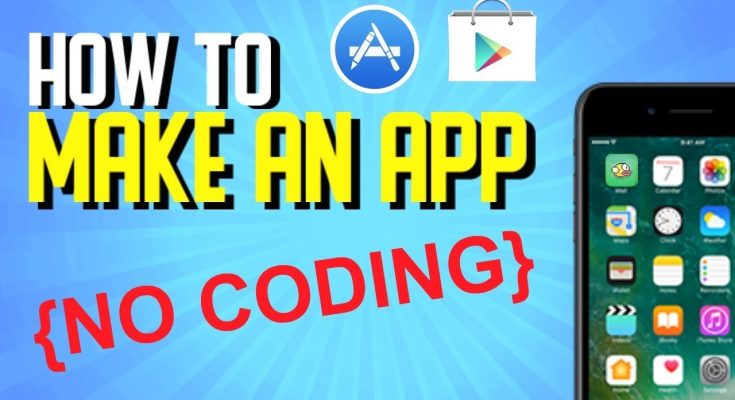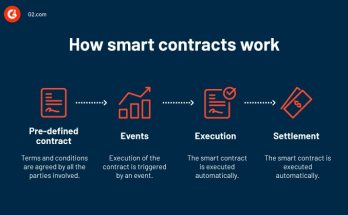Building a mobile app without writing a single line of code might have sounded implausible a decade ago, but today it’s not only possible—it’s increasingly common. Thanks to the rise of no-code platforms, entrepreneurs, small business owners, and even non-technical professionals can bring their app ideas to life with minimal technical expertise. These platforms are designed to simplify the development process, offering drag-and-drop interfaces, pre-built templates, and integrations that make app creation more accessible than ever. The democratization of app development is changing how businesses innovate, allowing more people to test ideas, solve problems, and reach customers directly through mobile experiences.
The journey begins with clarity of purpose. Before diving into any platform, it’s essential to define what the app is meant to do. Whether it’s a booking system for a local salon, a loyalty program for a retail store, or a content hub for a niche community, the app’s core functionality should be well thought out. This clarity helps guide decisions throughout the build process, from layout and navigation to features and user experience. Without a clear vision, it’s easy to get lost in the abundance of options and end up with an app that feels cluttered or unfocused.
Once the concept is solidified, choosing the right no-code platform becomes the next critical step. These platforms vary in complexity, capabilities, and pricing, so it’s important to select one that aligns with the app’s goals. Some are geared toward e-commerce, offering seamless integration with payment gateways and inventory systems. Others focus on community engagement, with built-in chat, forums, and user profiles. The best platforms strike a balance between flexibility and ease of use, allowing users to customize their apps without overwhelming them with technical jargon. For example, a fitness coach might use a platform that supports scheduling, video content, and push notifications to keep clients engaged and informed.
Design plays a pivotal role in the success of any mobile app, and no-code platforms have made it easier to create visually appealing interfaces. Users can select from a range of templates and customize colors, fonts, and layouts to reflect their brand identity. While the tools are intuitive, thoughtful design still requires attention to detail. Navigation should be simple and logical, content should be easy to read, and calls to action should be clear and compelling. A well-designed app doesn’t just look good—it guides users effortlessly toward their goals, whether that’s making a purchase, booking a service, or consuming content.
Functionality is where no-code platforms truly shine. Most offer a suite of features that can be added with a few clicks, such as contact forms, maps, social media links, and analytics dashboards. More advanced platforms allow for conditional logic, database integration, and automation workflows, enabling users to build apps that respond dynamically to user input. For instance, a real estate agent could create an app that filters listings based on user preferences and sends alerts when new properties match their criteria. These capabilities empower creators to build apps that feel personalized and responsive, even without traditional coding.
Testing and iteration are essential parts of the process. No-code platforms typically include preview modes or simulators that allow users to experience the app as their customers would. This is the time to identify bugs, refine interactions, and ensure that the app performs well across different devices. Feedback from real users is invaluable, and many platforms support beta testing or limited releases to gather insights before a full launch. Iteration doesn’t end with the initial release—successful apps evolve based on user behavior, business needs, and technological advancements. The ability to make quick updates without relying on developers is one of the key advantages of no-code development.
Publishing the app is often the final milestone, and most platforms streamline this process by guiding users through submission to app stores. While Apple and Google have their own requirements and review processes, no-code platforms typically provide step-by-step instructions and support to ensure compliance. Once live, the app becomes a direct channel to users, offering opportunities for engagement, monetization, and brand building. Marketing the app effectively is crucial, and creators should leverage social media, email campaigns, and in-app promotions to drive downloads and usage.
The rise of no-code development is not just a technical shift—it’s a cultural one. It reflects a broader movement toward empowerment, where individuals and small teams can create meaningful digital experiences without gatekeepers. This has profound implications for innovation, especially in underserved markets or niche industries where traditional development resources may be scarce. By lowering the barrier to entry, no-code platforms are enabling a new wave of creators to solve problems, serve communities, and build businesses on their own terms.
Of course, no-code doesn’t mean no strategy. Successful app builders still need to understand their audience, define their value proposition, and think critically about user experience. The tools may be simpler, but the principles of good product design remain the same. As the ecosystem continues to evolve, we can expect even more powerful features, better integrations, and greater support for scalability. For anyone with an idea and the drive to bring it to life, building a mobile app without coding is not just feasible—it’s a smart, strategic move in today’s digital landscape.




